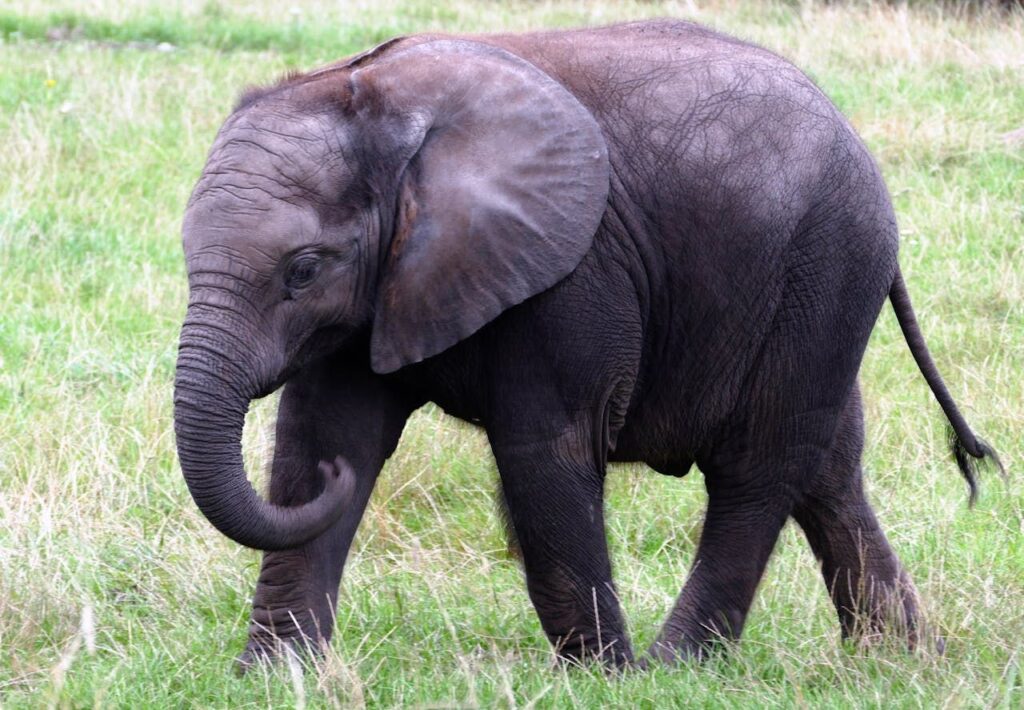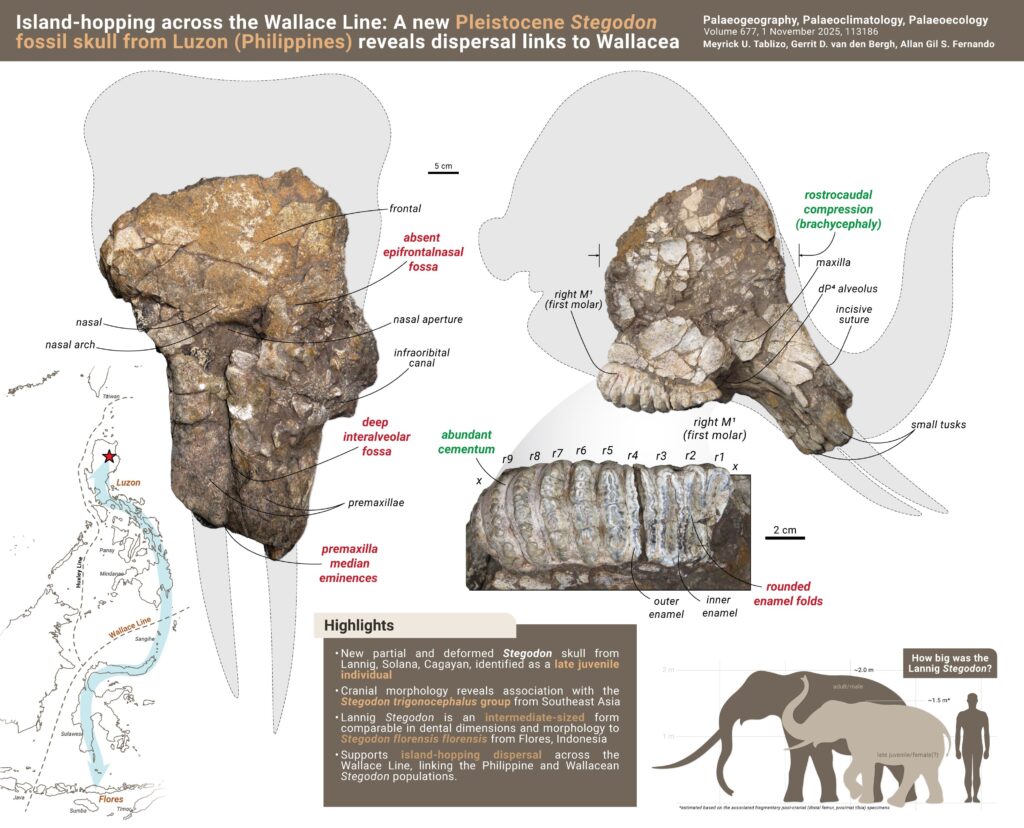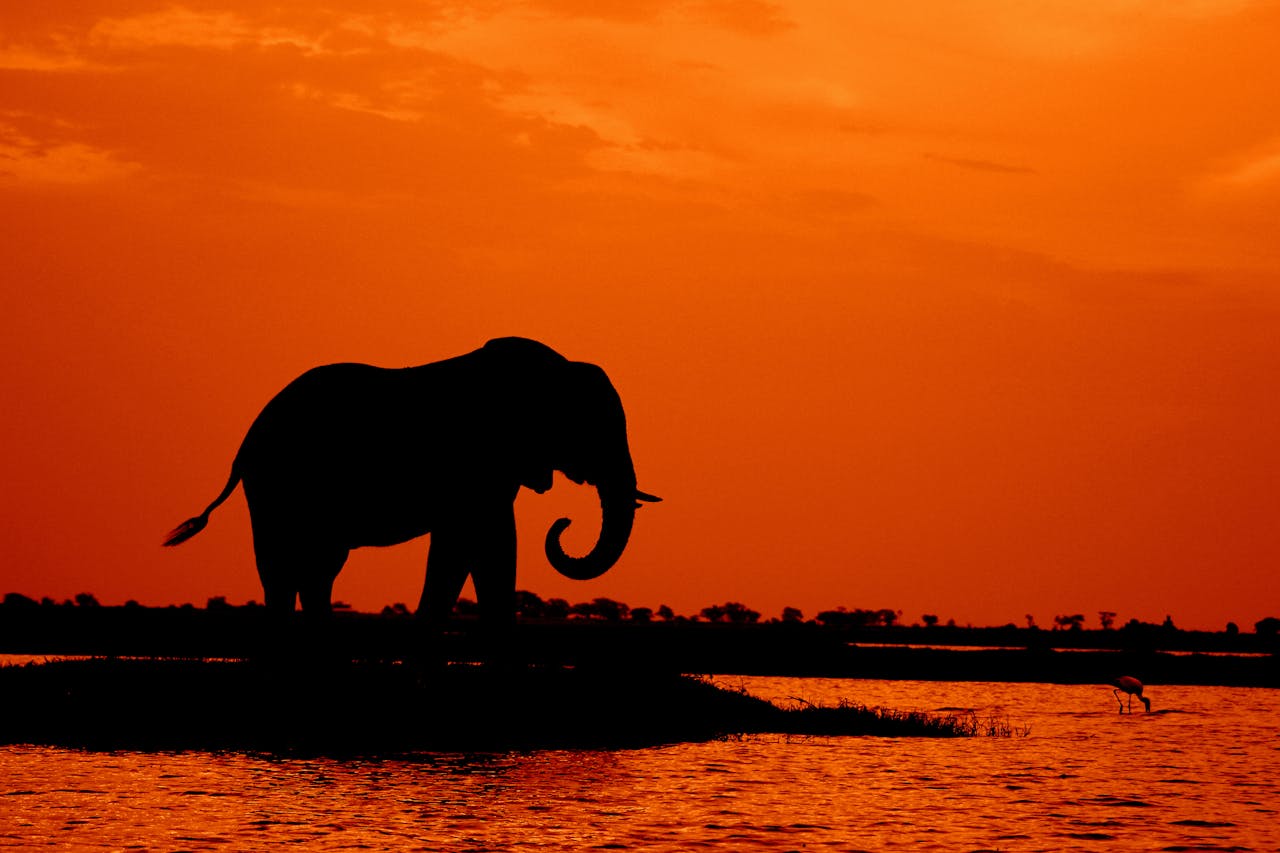Would you believe elephants once roamed the Philippines? It sounds like a story from a movie. But it’s a real discovery. Elephant fossils were found in Solana, Cagayan, northern Luzon. These are the first elephant fossils discovered in the Philippines. It changes everything we know about the country’s ancient wildlife.
The discovery is a Stegodon skull. Stegodons are extinct relatives of modern elephants. A local resident found it. Paleontologists from the University of the Philippines Diliman (UPD-CS) and the University of Wollongong in Australia studied it.
Meyrick U. Tablizo and Dr. Allan Gil S. Fernando from UPD-CS, and Dr. Gerrit D. van den Bergh from the University of Wollongong published their findings. Their study describes the million-year-old Stegodon skull.

The paleontologists think the Stegodon was a “teenager.” It was likely a little taller than the average Filipino. A fully grown Stegodon might have been slightly smaller than the Asian elephant we know today.
“Its features match those of Stegodon from Indonesian islands like Sangihe, Sulawesi, and Flores,” said Tablizo. “This means that these ancient elephants were strong swimmers, able to cross open seas and island-hop, as there were no land bridges connecting these islands.” That’s right these elephants were island hopping!
Finding a Stegodon skull is very rare. Large animal fossils are hard to find. Sturdy parts like teeth and tusks survive more often. Skulls are fragile.

“Skulls are large, hollow, and easily broken before or during fossilization. So, they almost never make it through thousands to millions of years intact,” explained Tablizo. “That’s why most Stegodon fossils from the Philippines are just isolated teeth or tusk fragments, with occasional bone fragments.”
This Stegodon skull is unique. Even though it’s crushed, it has a complete tooth and two small tusks. Tablizo said there were old reports of Stegodon skulls in Luzon. But none were studied or kept in museums. This makes this find the first formally described Stegodon skull from the Philippines.
This discovery shows a clearer picture of the ancient wildlife of the Philippines. “We’ve known about Stegodon being here since the late 1800s. But until now, only teeth and tusk fragments had been studied sparsely,” Tablizo added. “A skull is much more informative because it helps us determine which other Stegodon populations this animal was related to and how it might have reached the Philippine islands.”
The elephant fossils suggest that Luzon had at least three types of Stegodon. There was a large type, a small “dwarfed” type, and the new intermediate form. This indicates the Philippines had a richer history of elephants than we thought.
Tablizo emphasized the importance of the context. “Apart from the fossil itself, its context—where it was found, what layer it came from, and what other remains were nearby—is just as important.” There are few paleontologists in the country. Chance discoveries by locals are very valuable.
“If someone happens to encounter a fossil, the best step is to contact the Nannoworks Laboratory, the Paleontological Society of the Philippines, or the National Museum of the Philippines. This ensures the find is properly studied and preserved, and it might even become a key piece in understanding our natural history,” he concluded.
The research paper is titled “Island-hopping across the Wallace Line: A new Pleistocene Stegodon fossil skull from Luzon (Philippines) reveals dispersal links to Wallacea.” It was published in Palaeogeography, Palaeoclimatology, Palaeoecology. This journal has high-quality studies in palaeoenvironmental geoscience
Imagine these elephants swimming across the sea. Imagine the Philippines filled with these gentle giants.
The next time you think of the Philippines, remember the elephants. Remember that the story of the Philippines is one that is still being written. It is a history that is far more diverse and ancient than we previously thought. The elephant fossils tell a tale of adventure, evolution, and survival. It shows how these creatures shaped the land. They roamed the islands long before humans did.
So would you believe elephants existed in the Philippines? You should, because the evidence is right here in the ground! This amazing discovery reminds us that there is still so much to learn from our world. Remember to keep exploring.




